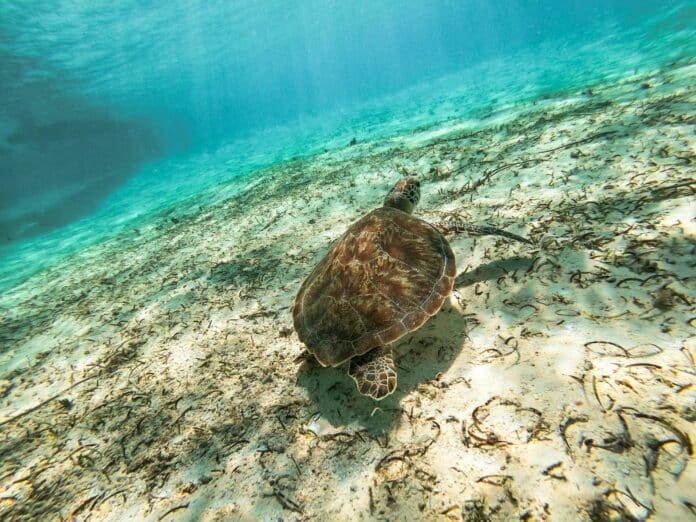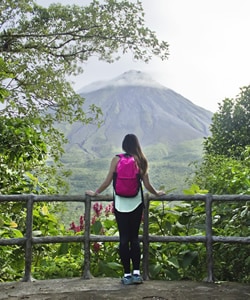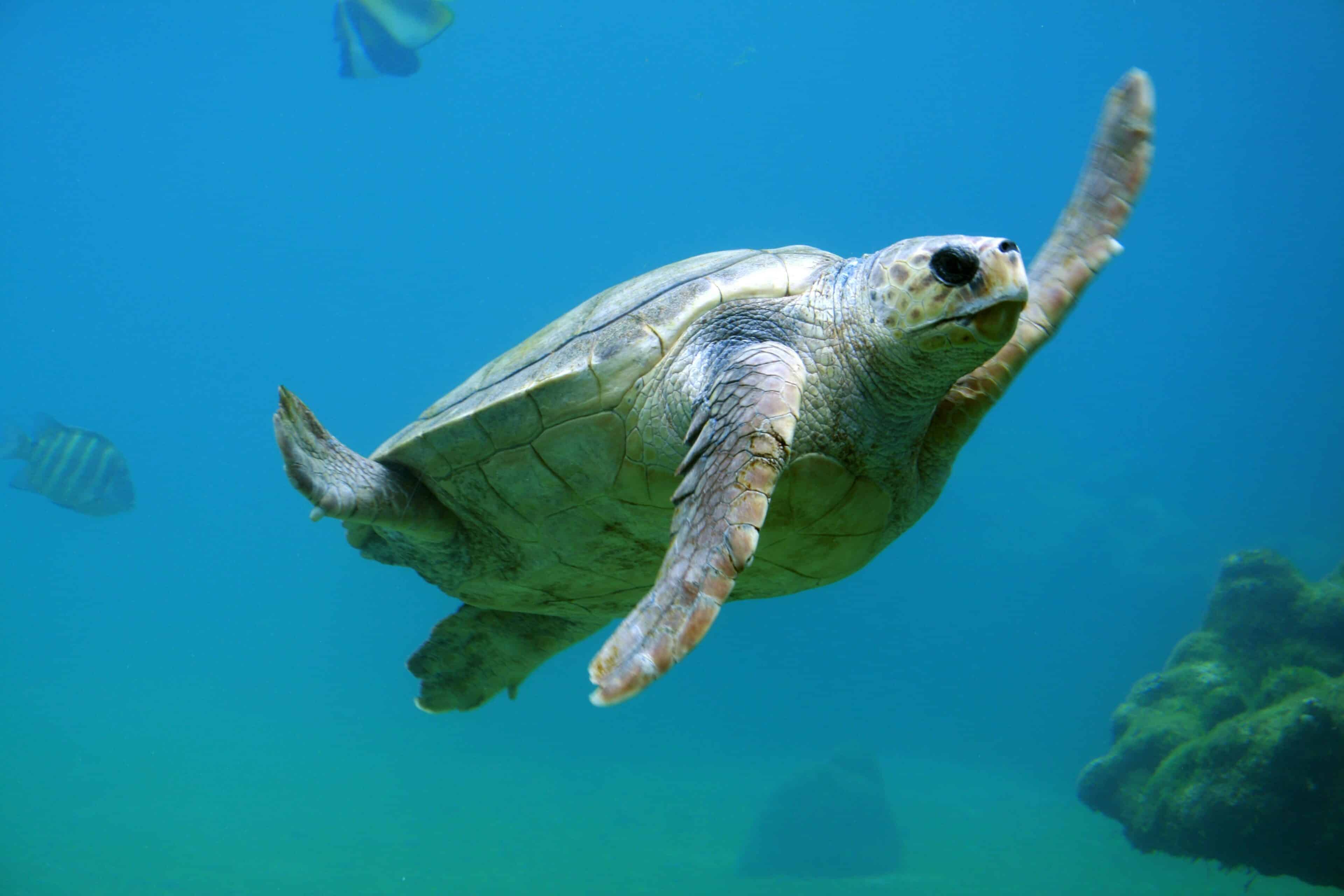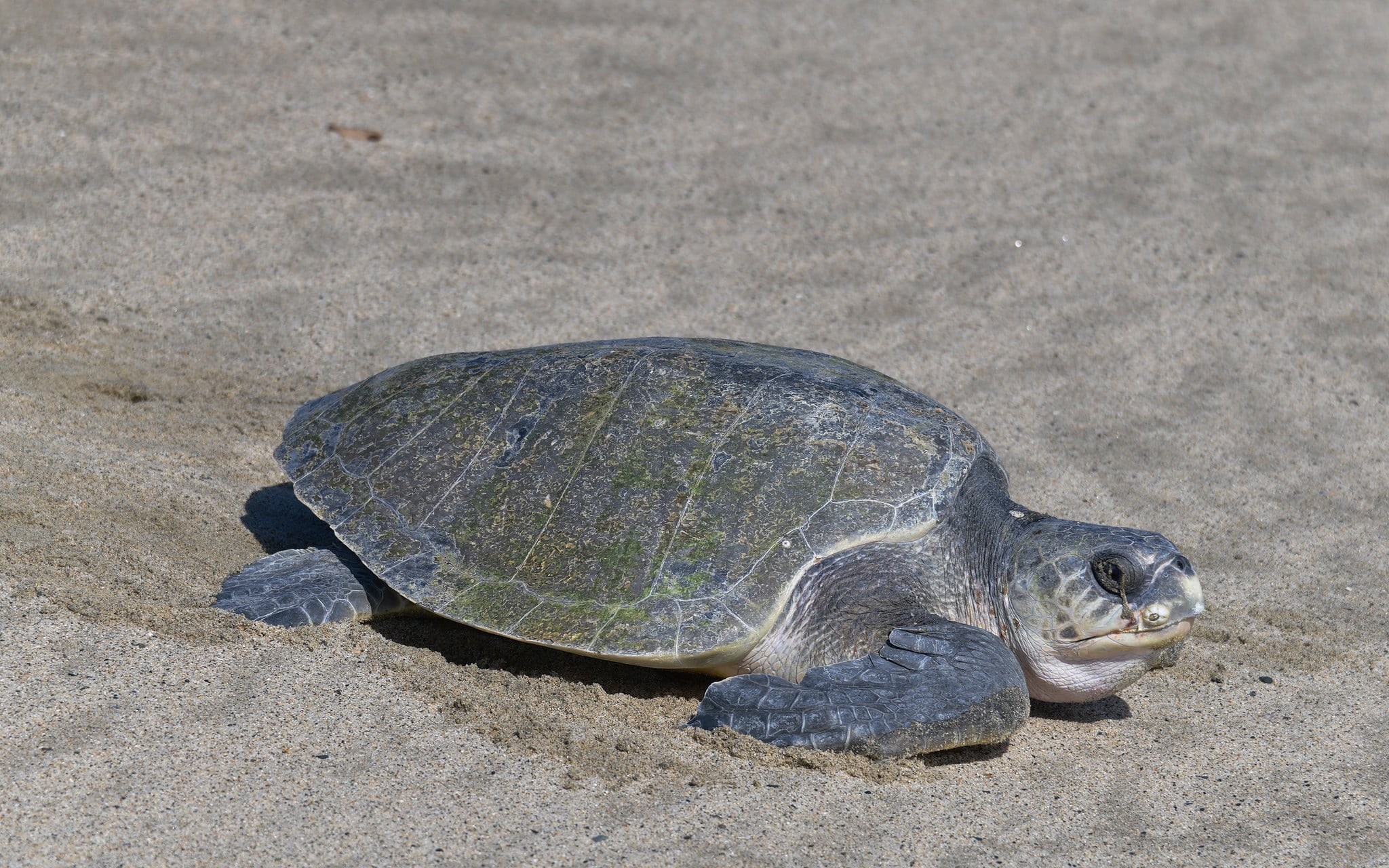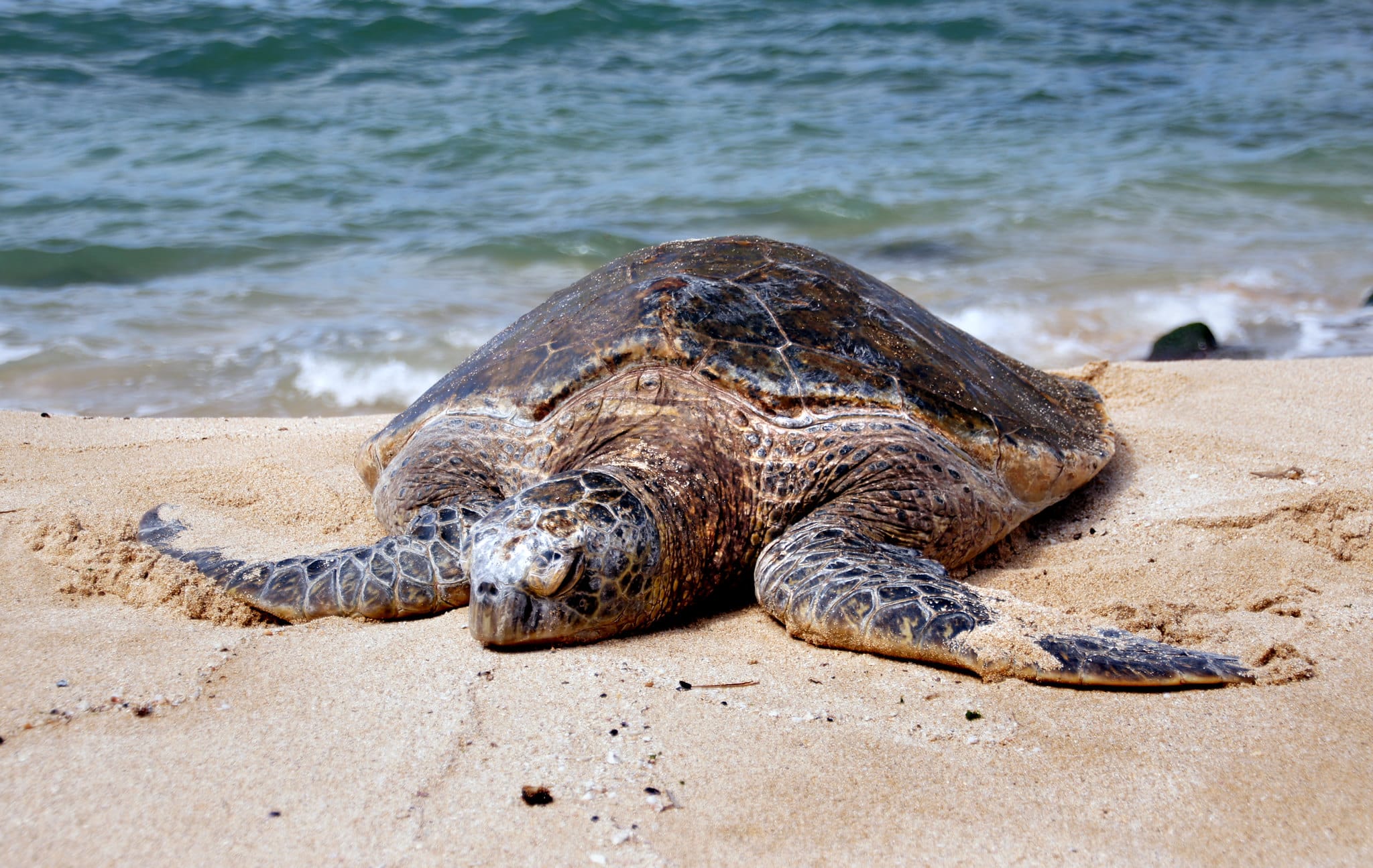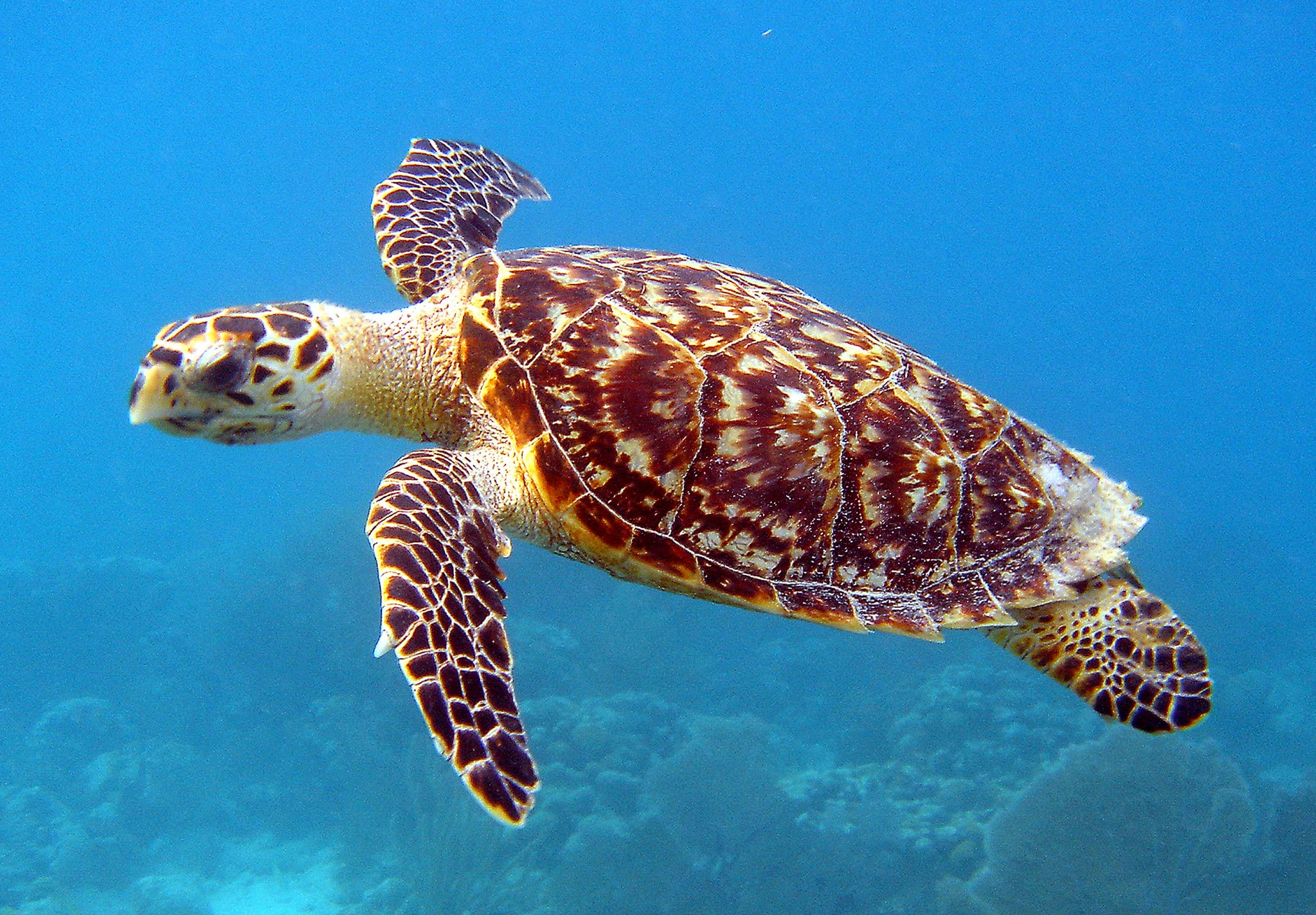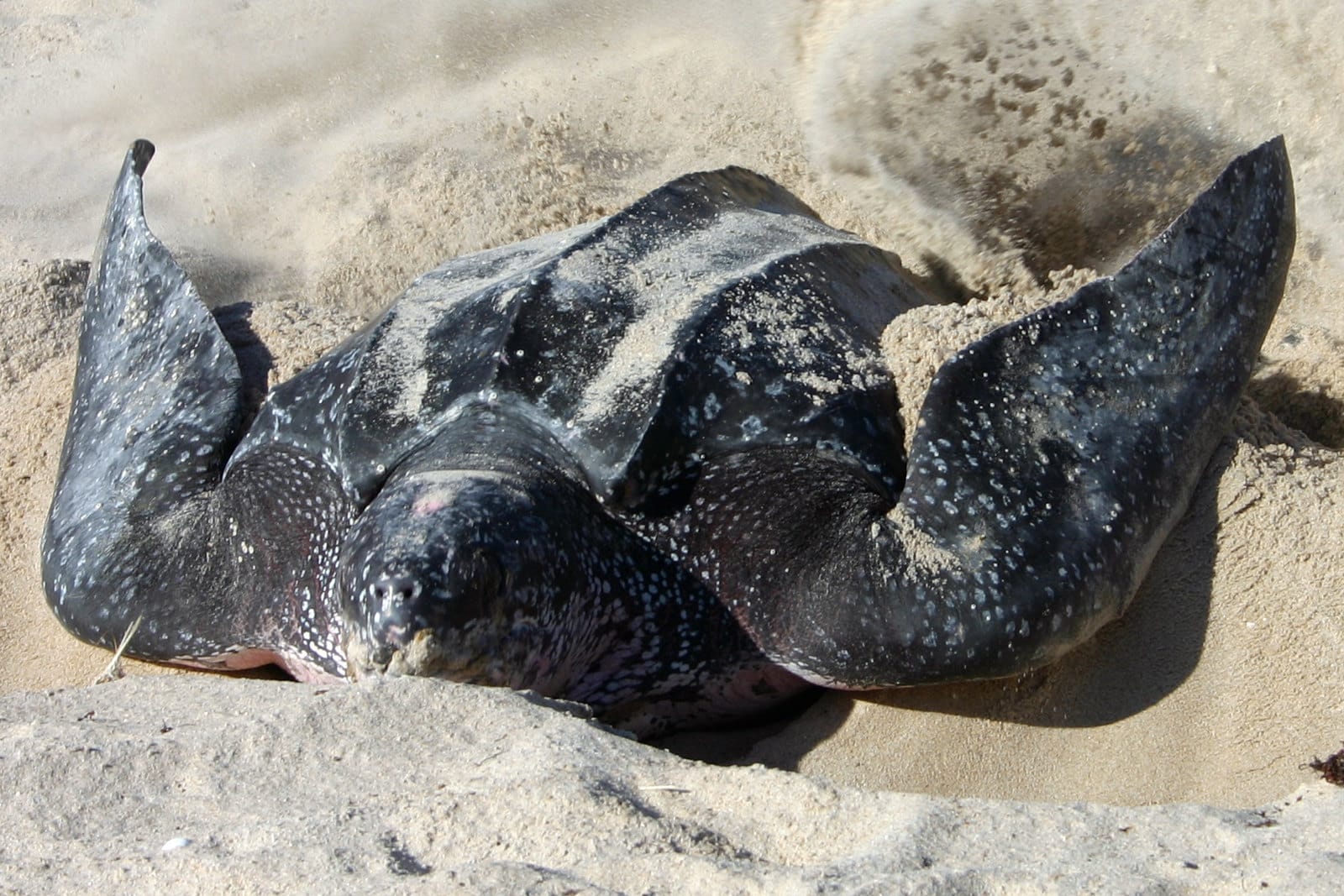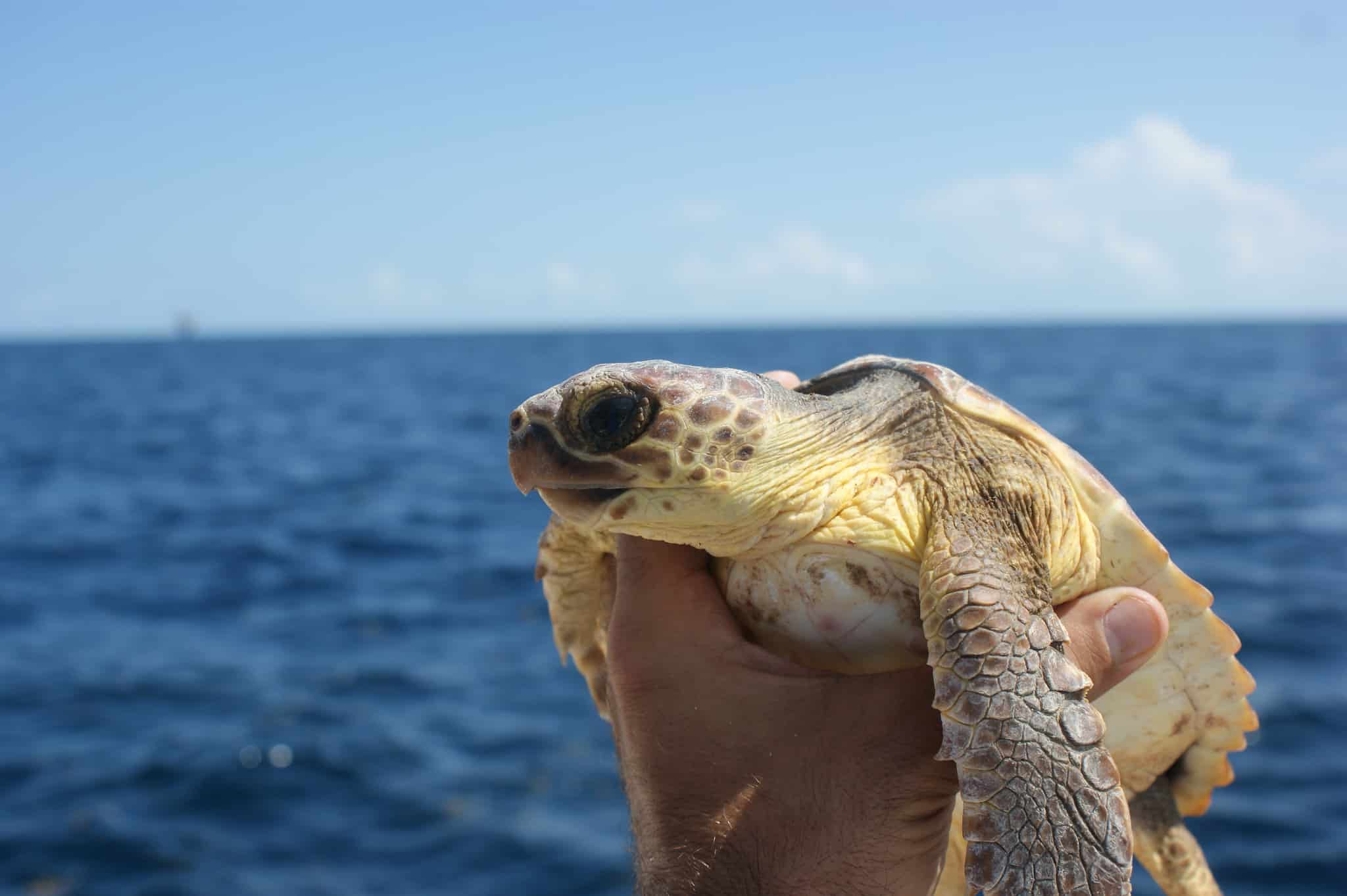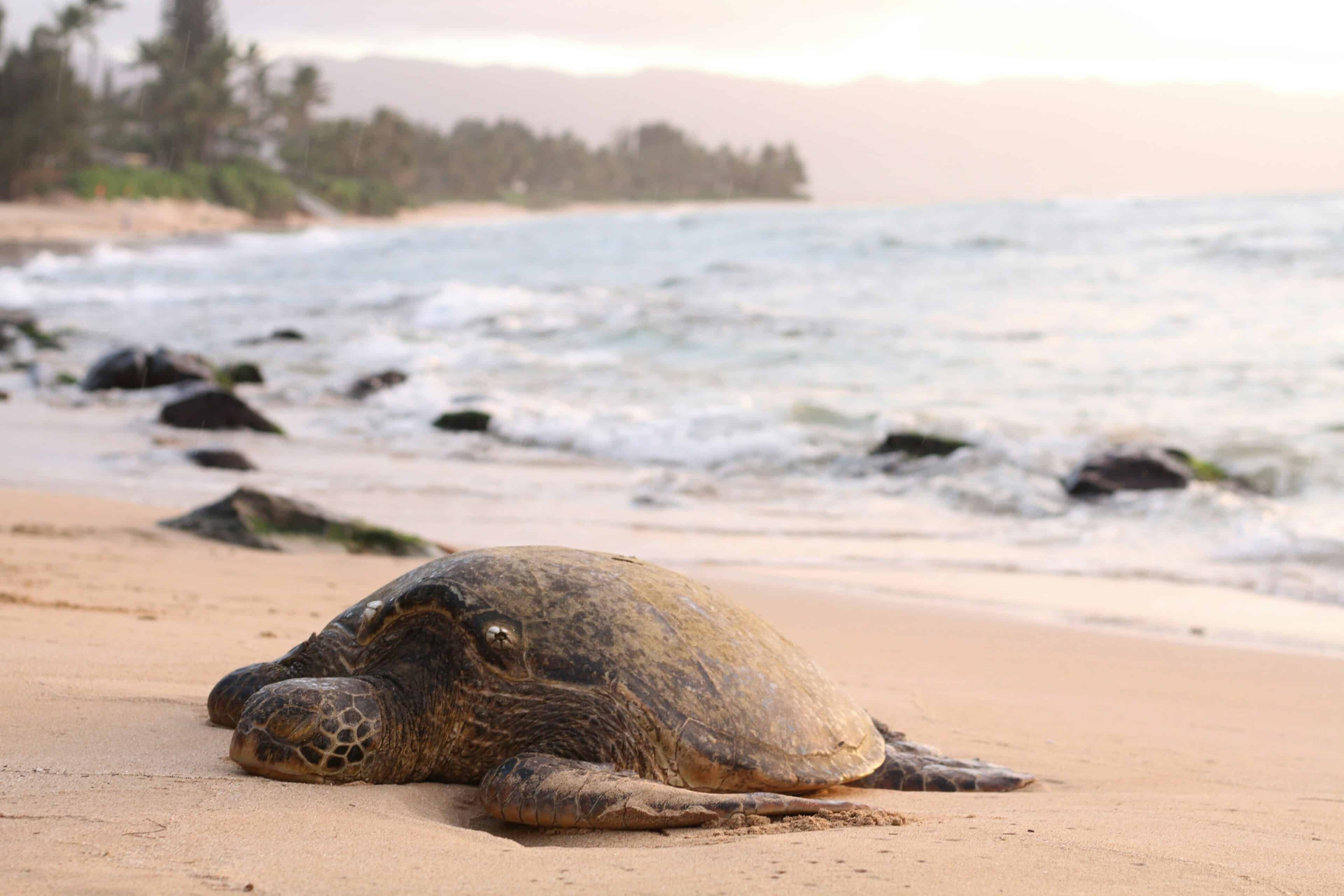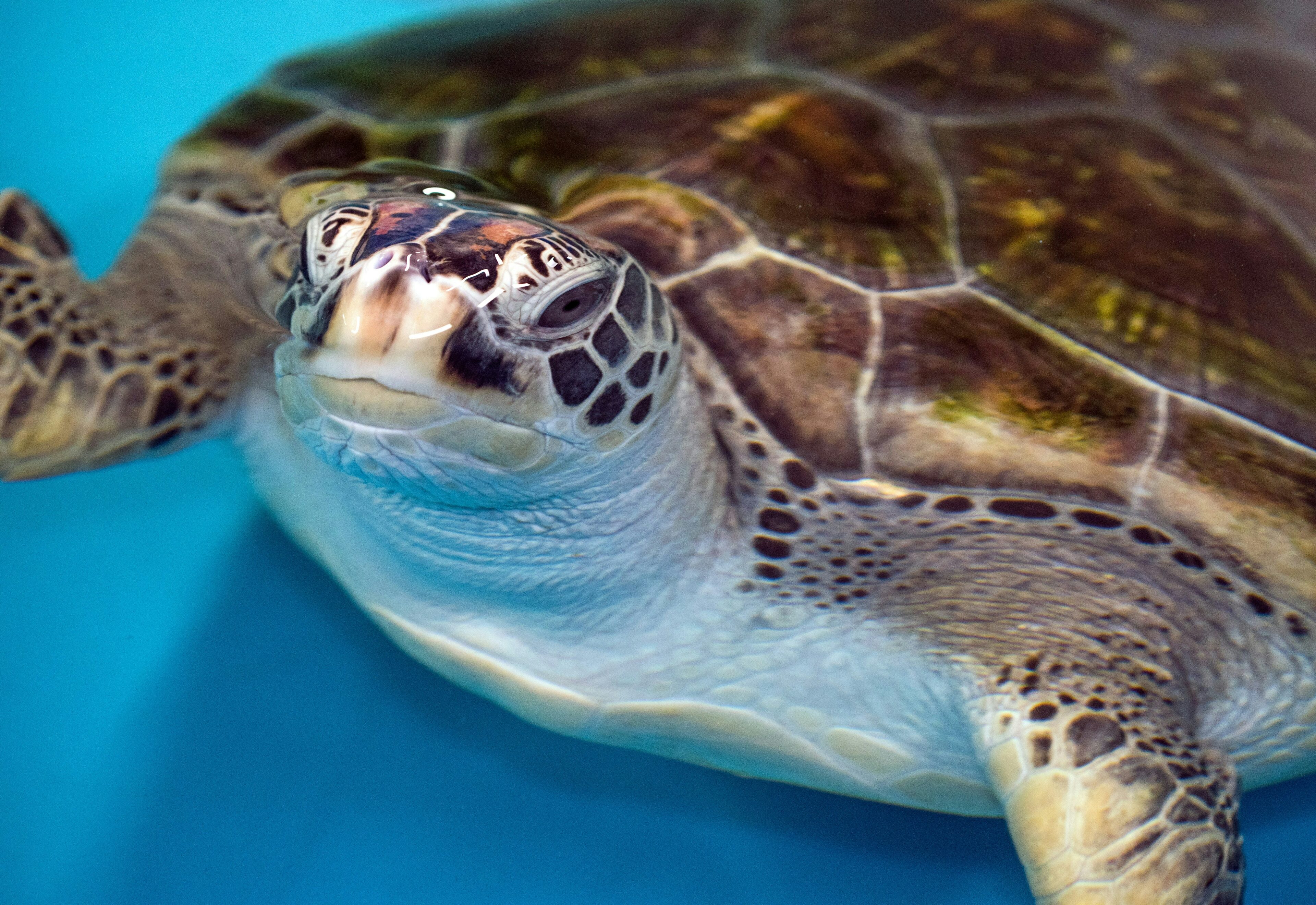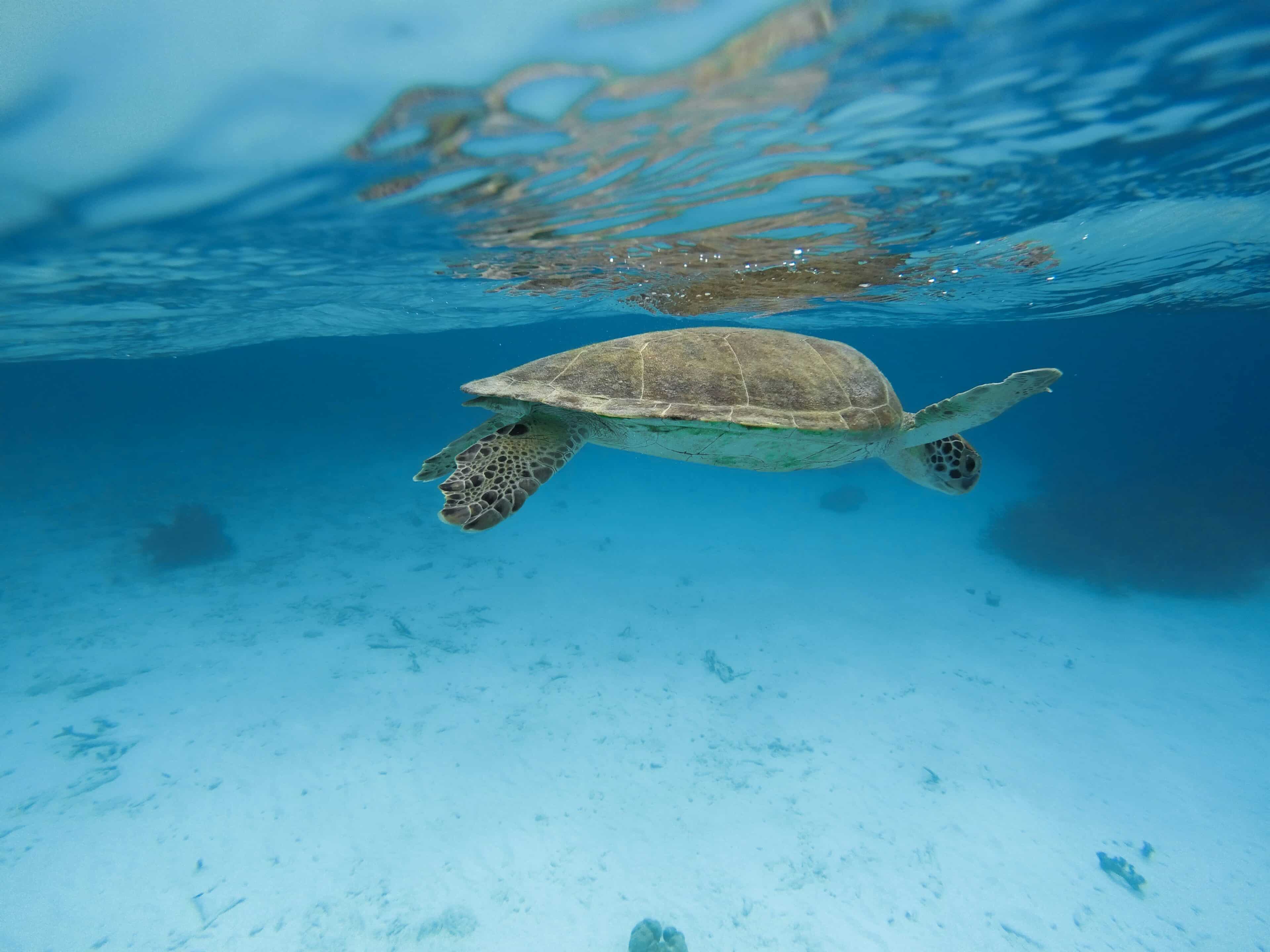Best Time to See Turtles in Costa Rica is not just a matter of convenience but a strategic decision to behold one of nature’s most awe-inspiring spectacles. Costa Rica holds a special allure for wildlife enthusiasts and nature lovers alike. Witnessing the ancient ritual of turtle nesting and hatching is an unforgettable experience among its many treasures.
Costa Rica hosts several species of sea turtles, each with its nesting habits and seasonal patterns. From the majestic leatherback turtles to the delicate olive ridges, these marine marvels grace the shores of Costa Rica at different times of the year, offering visitors a chance to witness nature’s wonders year-round.
By discerning the unique characteristics of each species and their nesting cycles, travelers can tailor their itineraries to coincide with peak turtle activity, maximizing the likelihood of memorable encounters.
Discover the ideal timing for witnessing the mesmerizing spectacle of turtle nesting and hatching in Costa Rica. Uncover seasonal patterns, prime locations, and expert tips for maximizing your chances of encountering these majestic creatures in their natural habitat.
FREE! Travel eBook to discover Costa Rica!
Grab the eBook with the exhaustive brochure for your Costa Rica Vacation All-Inclusive.
*By clicking send, you agree to receive information about products, services, promotions, or recommendations via email.
Prime Locations for Turtle Watching
Lo que vas a ver en este artículo
- 1 Prime Locations for Turtle Watching
- 2 Turtle Diversity Along Costa Rica’s Shores
- 2.1 1. Olive Ridley Turtle (Lepidochelys olivacea): Witnessing Mass Nesting in Costa Rica
- 2.2 2. Green Turtle (Chelonia mydas): Discovering the Splendor of Costa Rica’s Green Turtles
- 2.3 3. Observing Hawksbill Turtles Along Costa Rica’s Coast
- 2.4 4. Costa Rica’s Iconic Leatherback Turtle (Dermochelys coriacea) Experience
- 2.5 5. Encountering Costa Rica’s Loggerhead Turtle (Caretta Caretta) in the Wild
- 3 Factors Affecting Turtle Nesting and Hatching
- 4 Best Time to See Turtles in Costa Rica
- 5 Responsible Tourism Practices for Turtle Conservation
- 6 Planning Your Costa Rican Turtle Adventure
Regarding turtle watching in Costa Rica, choosing the right location is paramount for ensuring an unforgettable experience during the best time to see turtles in Costa Rica.
Fortunately, this vibrant Central American nation boasts an array of prime locations along its Pacific and Caribbean coastlines where visitors can witness the mesmerizing spectacle of turtle nesting and hatching.
On the Pacific coast, Ostional Wildlife Refuge emerges as a top contender for turtle enthusiasts seeking an unparalleled viewing experience. During the mass nesting event, thousands of olive ridley turtles converge upon the shores of Ostional to lay their eggs, creating a breathtaking sight that occurs like clockwork throughout the year.
The beaches of Tortuguero National Park beckon travelers with their pristine beauty and abundant wildlife. As one of the most important nesting sites for green turtles in the entire Western Hemisphere, Tortuguero offers a rare opportunity to observe these gentle giants in their natural habitat.
The best time to see turtles in Costa Rica at Tortuguero typically spans from July to October, coinciding with the peak of the green turtle nesting season.
On the Caribbean coast, the beaches of Gandoca-Manzanillo Wildlife Refuge provide a serene setting for turtle watching amidst lush tropical surroundings. Here, both leatherback and green turtles frequent the shores to lay their eggs, allowing visitors to witness nearby nesting activities.
From March to June, travelers can witness the magic of leatherback turtle nesting, while green turtles take center stage from July to October, ensuring ample opportunities to experience the best time to see turtles in Costa Rica.
Turtle Diversity Along Costa Rica’s Shores
Costa Rica, a biodiversity hotspot, boasts several turtle species that nest on its shores. Here are some notable ones:
1. Olive Ridley Turtle (Lepidochelys olivacea): Witnessing Mass Nesting in Costa Rica
The Olive Ridley Turtle, scientifically known as Lepidochelys olivacea, is a fascinating species that holds a special place in the ecosystem of Costa Rica. These turtles are renowned for their mass nesting events, known as arribadas, where thousands of females come ashore simultaneously to lay their eggs.
In places like Ostional Beach and Playa Nancite, witnesses these spectacular gatherings, attracting nature enthusiasts and researchers alike.
For those eager to witness this awe-inspiring phenomenon, timing is key. The best time to see turtles in Costa Rica, especially Olive Ridleys during their arribadas, typically falls during the rainy season, from May to November.
During this period, the beaches come alive with the arrival of these ancient creatures, creating a spectacle unlike any other. However, within this timeframe, specific months might offer more intense nesting activity, with peak months often being July, August, and September.
Imagine standing on the sandy shores of Costa Rica’s coastline, surrounded by thousands of Olive Ridley Turtles as they embark on their ancient nesting ritual. The sight and sounds of these creatures moving en masse, digging their nests, and laying eggs under the moonlit sky is a truly unforgettable experience.
Guided tours are often available during the nesting season, allowing visitors to witness this natural wonder while ensuring minimal disturbance to the turtles and their nesting process.
2. Green Turtle (Chelonia mydas): Discovering the Splendor of Costa Rica’s Green Turtles
The Green Turtle, scientifically known as Chelonia mydas, is another iconic species that grace the waters and shores of Costa Rica. Like the Olive Ridley Turtle, the Green Turtle holds a significant ecological role and captivates visitors with its beauty and grace.
Costa Rica is privileged to host nesting sites for Green Turtles along its Pacific and Caribbean coastlines, allowing travelers to witness these magnificent creatures in their natural habitat.
Understanding the best time to see turtles in Costa Rica, especially Green Turtles, is essential for maximizing the chances of a memorable encounter. While Green Turtles can be found in Costa Rican waters year-round, the peak nesting season typically occurs from July to October along the Caribbean coast and from November to February along the Pacific coast.
Costa Rica’s Tortuguero National Park, located on the Caribbean coast, is renowned for its significant Green Turtle nesting sites. It is often considered one of the best places to witness these turtles in their natural habitat.
Guided tours to Tortuguero during the nesting season allow visitors to observe Green Turtles as they come ashore to lay their eggs, providing an up-close and personal encounter with these ancient reptiles. The park’s pristine beaches and lush rainforest provide a stunning backdrop for experiencing the wonders of nature.
For those planning a visit to witness Green Turtles in Costa Rica, it’s essential to consider the nesting season and book accommodations and tours in advance, as this period attracts a high volume of tourists eager to witness this remarkable phenomenon.
While witnessing Green Turtles nesting is undoubtedly a highlight, visitors can also explore the rich biodiversity of Costa Rica’s coastal ecosystems through snorkeling, diving, and wildlife spotting tours.
3. Observing Hawksbill Turtles Along Costa Rica’s Coast
The Hawksbill Turtle, scientifically known as Eretmochelys imbricata, is known for its striking appearance and important ecological role. While not as abundant as some other turtle species, the Hawksbill Turtle can still be found in Costa Rica’s waters, particularly along its Pacific and Caribbean coastlines.
For those eager to glimpse these magnificent creatures, understanding the best time to see turtles in Costa Rica is crucial for optimizing the chances of an encounter.
Costa Rica offers opportunities to observe Hawksbill Turtles year-round, but the best time to see them varies depending on the region and the purpose of the encounter. Along the Pacific coast, where Hawksbill Turtles are known to forage for food among coral reefs and rocky outcrops, the dry season from December to April generally offers clearer waters and better visibility for snorkeling and diving excursions.
During this time, visitors can encounter Hawksbill Turtles while exploring the vibrant marine ecosystems that thrive in Costa Rica’s Pacific waters.
Hawksbill Turtles can be spotted year-round on the Caribbean coast, but the peak nesting season typically occurs from March to June. During this time, female Hawksbill Turtles emerge from the ocean under the cover of darkness to lay their eggs on sandy beaches, creating a spectacle that attracts wildlife enthusiasts and researchers alike.
Tortuguero National Park, located on the Caribbean coast, is one of the best places to witness this nesting phenomenon, offering guided tours that allow visitors to observe Hawksbill Turtles as they engage in this ancient reproductive ritual.
If you want more information about Costa Rica, we invite you to read the next article: Costa Rica Sustainable Travel: Leading Sustainable Tourism.
4. Costa Rica’s Iconic Leatherback Turtle (Dermochelys coriacea) Experience
The Leatherback Turtle, scientifically known as Dermochelys coriacea, is the largest sea turtle species and a true marvel of the ocean. While these ancient reptiles can be found in various parts of the world, Costa Rica is renowned for being home to one of the most significant Leatherback Turtle nesting sites in the Eastern Pacific.
Costa Rica’s Pacific coast, specifically Playa Grande and Playa Langosta, serves as a crucial nesting ground for Leatherback Turtles, attracting visitors and researchers alike during the nesting season.
The best time to see Leatherback Turtles in Costa Rica typically falls between October and March, with peak nesting activity occurring from December to February. During this period, female Leatherbacks emerge from the ocean under cover of darkness to lay their eggs on the sandy shores, a spectacle that captivates onlookers and underscores the importance of conservation efforts to protect these endangered creatures.
For travelers eager to witness Leatherback Turtles nesting in Costa Rica, guided tours to nesting beaches provide the opportunity for an up-close and personal encounter with these ancient reptiles.
Trained guides lead visitors to nesting sites while providing valuable insights into the biology, behavior, and conservation status of Leatherback Turtles. By joining these tours, visitors gain a deeper appreciation for the ecological significance of Leatherback Turtles and contribute to efforts to protect their nesting habitat.
Aside from nesting season, Leatherback Turtles can still be spotted in Costa Rican waters throughout the year, particularly during their migration periods when they traverse vast distances for food.
Snorkeling and diving excursions offer the opportunity to encounter Leatherback Turtles in their marine habitat, providing a unique perspective on their behavior and lifestyle. With its warm waters and abundant marine life, Costa Rica offers many opportunities for wildlife enthusiasts to connect with these magnificent creatures.
5. Encountering Costa Rica’s Loggerhead Turtle (Caretta Caretta) in the Wild
The Loggerhead Turtle, scientifically known as Caretta Caretta, is a remarkable sea turtle known for its distinctive large head and powerful jaws. While Loggerhead Turtles can be found in various parts of the world, they also grace the waters of Costa Rica, adding to the rich tapestry of marine life that thrives in its coastal ecosystems.
For those eager to glimpse these ancient reptiles, understanding the best time to see turtles in Costa Rica is essential for maximizing the chances of an encounter.
Costa Rica’s Pacific and Caribbean coastlines provide important foraging grounds and nesting sites for Loggerhead Turtles, offering opportunities for visitors to observe these majestic creatures in their natural habitat.
The best time to see Loggerhead Turtles in Costa Rica varies depending on the region and the purpose of the encounter. Along the Pacific coast, where Loggerhead Turtles are known to forage for food among coral reefs and rocky outcrops, the dry season from December to April generally offers clearer waters and better visibility for snorkeling and diving excursions.
Loggerhead Turtles can be spotted year-round on the Caribbean coast, but the peak nesting season typically occurs from March to June. During this time, female Loggerhead Turtles emerge from the ocean under the cover of darkness to lay their eggs on sandy beaches, creating a spectacle that attracts wildlife enthusiasts and researchers alike.
Tortuguero National Park, located on the Caribbean coast, is one of the best places to witness this nesting phenomenon, offering guided tours that allow visitors to observe Loggerhead Turtles as they engage in this ancient reproductive ritual.
Factors Affecting Turtle Nesting and Hatching
Several factors influence the nesting and hatching success of sea turtles, making it imperative to understand the intricate dynamics of their reproductive processes.
In Costa Rica, where various turtle species nest along its coastlines, these factors play a crucial role in determining the best time to see turtles in Costa Rica and ensuring the survival of these magnificent creatures.
Environmental conditions are one of the most significant factors affecting turtle nesting and hatching. Female turtles rely on specific environmental cues, such as temperature and humidity, to select suitable nesting sites.
In Costa Rica, where the climate can vary significantly between regions and seasons, the best time to see turtles often corresponds with periods of optimal environmental conditions for nesting.
For instance, during the rainy season from May to November, when temperatures are warmer, and beaches are less disturbed, Olive Ridley Turtles gather in massive numbers for arribadas, making it the best time to witness this extraordinary nesting phenomenon.
Another critical factor influencing turtle nesting and hatching is predation. Nesting females face numerous threats from predators such as raccoons, dogs, and birds, which may dig up nests and consume eggs.
To mitigate predation risks, many turtle conservation efforts in Costa Rica involve nest monitoring and protection measures, including installing predator-proof cages and relocating nests to safer locations.
By addressing predation threats, conservationists help ensure the successful hatching and survival of turtle hatchlings, contributing to the overall conservation of turtle populations.
Human activities also pose significant challenges to turtle nesting and hatching success. Coastal development, pollution, and light pollution from urban areas can disrupt nesting behavior and disorient hatchlings, leading to increased mortality rates.
Best Time to See Turtles in Costa Rica
The best times of day for turtle sightings can vary depending on the species and their behaviors. Still, certain patterns emerge that can increase the likelihood of encountering these magnificent creatures.
In Costa Rica, where various turtle species inhabit its coastal waters, understanding the best time to see turtles in Costa Rica can greatly enhance the chances of a memorable encounter.
For many sea turtle species, including Green Turtles, Loggerhead Turtles, and Hawksbill Turtles, nighttime is often the best time to see them nesting on the beaches. These turtles typically emerge from the ocean under the cover of darkness to lay their eggs, a behavior known as nocturnal nesting.
Along the coasts of Costa Rica, particularly on the Caribbean side, where nesting beaches are abundant, guided night tours offer visitors the opportunity to witness this awe-inspiring spectacle firsthand.
The best time to see turtles nesting in Costa Rica during the nighttime hours provides a unique and unforgettable experience for wildlife enthusiasts and conservationists.
In addition to nocturnal nesting, daytime can also offer excellent opportunities for turtle sightings, especially for those interested in observing turtles in their natural habitat while snorkeling or diving.
During the daytime, sea turtles are often foraging for food among coral reefs, seagrass beds, and rocky outcrops along the coastline.
In Costa Rica’s warm and clear waters, particularly during the dry season from December to April, snorkeling and diving excursions provide the perfect opportunity to encounter Green Turtles, Hawksbill Turtles, and other species in their marine environment.
The best time to see turtles in Costa Rica during the daytime allows for a different perspective on these magnificent creatures, showcasing their graceful movements and vibrant underwater habitats.
If you want to know more information, visit the official website of the National System of Conservation Areas (SINAC).
Responsible Tourism Practices for Turtle Conservation
Responsible tourism practices play a crucial role in conserving turtle populations, particularly in destinations like Costa Rica, where turtle sightings are a major draw for visitors.
By adopting sustainable and ethical approaches to tourism, travelers can minimize their impact on nesting beaches and marine habitats while supporting conservation efforts to protect these iconic creatures.
Understanding the best time to see turtles in Costa Rica is essential for travelers to plan their visits to maximize their experience while minimizing disturbance to nesting and hatching activities.
One of the most important aspects of responsible tourism for turtle conservation is respecting nesting habitats and adhering to guidelines set forth by local conservation organizations.
This includes avoiding unauthorized access to nesting beaches, refraining from disturbing nesting females or hatchlings, and keeping a safe distance from turtles to minimize stress and disruption.
In Costa Rica, where many nesting beaches are protected areas or part of conservation projects, visitors can participate in guided tours led by trained naturalists who provide valuable insights into turtle behavior while ensuring minimal impact on nesting activities.
Travelers can support turtle conservation efforts through responsible purchasing decisions and eco-friendly practices during their Costa Rica vacation all-inclusive.
Choosing accommodations and tour operators that prioritize sustainability and environmental stewardship can help contribute to conservation initiatives while minimizing negative impacts on turtle habitats.
Planning Your Costa Rican Turtle Adventure
Costa Rica’s stunning coastlines are home to breathtaking beaches and vibrant marine life and serve as vital nesting grounds for various species of sea turtles.
Understanding the best time to see turtles in Costa Rica is essential for travelers eager to witness these ancient creatures in their natural habitat while respecting their nesting and hatching activities.
Whether experiencing the spectacle of arribadas, witnessing nocturnal nesting events, or snorkeling among turtles in crystal-clear waters, Costa Rica offers many opportunities for turtle enthusiasts and nature lovers.
By planning visits responsibly, supporting conservation efforts, and embracing sustainable tourism practices, travelers can contribute to the preservation of turtle populations and ensure that future generations have the privilege of experiencing the wonder of these iconic creatures.
So, whether planning your next adventure or simply seeking a deeper connection with nature, Costa Rica’s best time to see turtles promises an unforgettable experience filled with beauty, wonder, and conservation.
If you want more information about Costa Rica, we invite you to read the next article: The 7 Best Hot Springs near Arenal Volcano.
